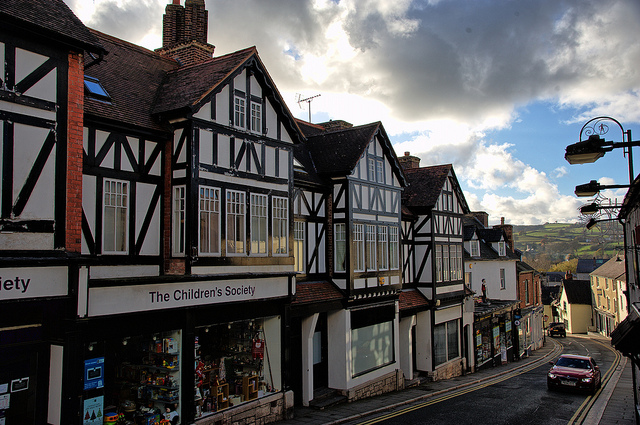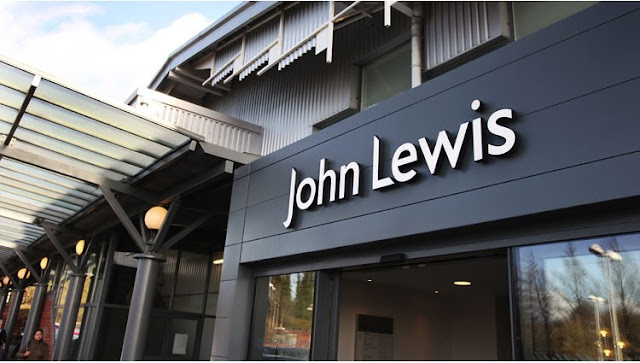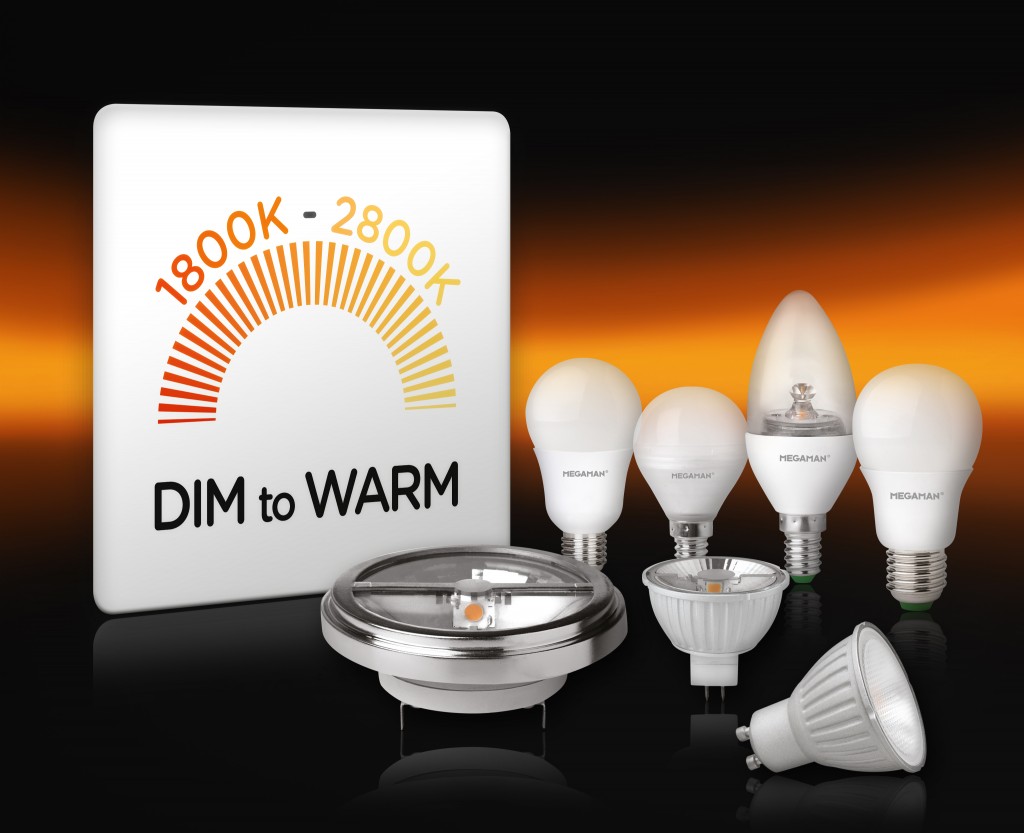
Archive for July 2015
28
Free money buys LED streetlights for energy savings in Wales
Comments off · Posted by admin in LED
Zeroing in: Old streetlights in towns like Ruthin could soon give way to modern LED luminaries, as Denbighshire takes advantage of a zero percent interest loan from the UK government.
energy efficient financing · led financing · led lighting · led street light · led streetlighting · Novel Energy Lighting
28
UK beefs up interest-free loans for lighting and energy projects at schools
Comments off · Posted by admin in LED
energy efficient financing · LED lamps · led lighting · led panels · led tubes · Novel Energy Lighting · salix · salix funding · school led · school lighting
Ivan Perre is an electrical engineer for London Underground working within the integrated stations programme. Lux sat down with Perre to talk LED testing and plans for the future of the Underground.
We need to know how products will perform
I’m involved in a number of areas in lighting for Transport for London (TfL). While I’m an engineer by day, the majority of my work is in verification and testing of LED systems. I’ve researched in the field of photometry and how LED light is measured, and I have subsequently developed methods to more accurately determine LED lux levels. This means that we can have greater confidence in the products we specify but also have a better understanding of how they perform in the field.
We test products really carefully
Any new technology, such as LEDs, is under scrutiny and we have a responsibility to our customers to ensure there is sufficient light.
The optical filters used in lux meters are designed to replicate the responsiveness of the human eye. This is characterised by the spectral responsivity of the lux meter, which is a bell-shaped curve. By using some tracing software, I am able to trace out the graph and convert it into data, which I can then extrapolate to get the values for each wavelength.
Once this is done, I am able to simulate the given light and find out what the lux value would be, and then I can compare it to the ideal lux value.
This process ensures that we can collect accurate and important data, specify the right products for the job, but more importantly deliver a better service to our customers.
We’re thinking outside the tunnel
One of the challenges we face at the moment is implementing feature design more effectively. We are starting to change the way we think about the station environment and in the future, we want to use light in different ways to highlight certain areas, introduce contrasts and create different atmospheres.
This is especially important as we’re looking at potential retail opportunities down the line, which have a number of other prerequisites in terms of lighting designs and outcomes.
“In the future we want to use light in different ways to highlight certain areas, introduce contrasts and create different atmospheres”
The new Night Tube service is a maintenance challenge
The new Night Tube service is a maintenance challenge
One of the main priorities for TfL is to try to reduce maintenance. This is becoming more important with the Night Tube coming up, which is a round-the-clock service on Fridays and Saturdays on the Jubilee, Victoria, and most of the Central, Northern and Piccadilly lines.
This will significantly eat into our engineering hours, and we want to reduce the number of interventions required where lighting is concerned. The longevity of LED lighting is a big factor in assessing the suitability of new fittings, as they don’t need re-commissioning as often.
Stations need a consistent look and feel
One of the most important projects we’re undertaking at the moment is a series of substantial works across a number of stations to create an integrated look and feel between new and existing elements.
We’re working with Crossrail to assimilate the interface zones between services, so there is a consistent feel between the two and not a stark contrast when you leave one service and enter another.
Test schemes make a big difference
We’re lucky to have a number of successful test schemes at TfL to reflect on, which invariably inform new projects. A couple of years ago we implemented the first LED column lighting system on the underground at Wimbledon Park tube station, which was a turning point in upgrading lighting systems as it proved to deliver huge energy and maintenance savings.
Smart controls need to be smarter
One of the things we need at TfL is to be able to change the drivers once they’ve failed without the need to program them. We want the new drivers to operate within the current system as close as possible and when they don’t it’s an issue. When there is only a short hour shift, it’s difficult to go around re-commissioning fittings if there’s a lot to do.
We’re very keen on controls and there are a number of benefits including maintenance, energy and functionality. With a new design idiom being developed for TfL, controls will become an imperative as we’ll need to control individual lights to provide different levels and different intensities.
We’re harnessing the power of procurement
I’m also involved in procurement of lighting technology and innovation in Europe through the Pro-Lite project. The project allows public sector authorities across Europe to team up and pool resources. That way it’s easier to procure innovative technology and consolidate our procurement power to create economies of scale.
The idea is to set technical standards and specifications to create opportunities for improved lighting solutions throughout member states. We have recently released the technical specifications that we’re going to use to go out for tender and we’re also in the process of finalising a whole-life cost model, so we can make like-for-like comparisons of light fittings.
I’m excited about new lighting technologies
I like the idea of using organic LEDs (OLEDs) although I’m not sure how we’d be able to use them in our material compliance. I also like the look of remote phosphor as it sounds like it’ll be a big step up in terms of efficiency.
Visit our main website today to explore LED lighting technologies for your retrofit project.
LED fittings · led fixtures · LED lamps · led lighting · led underground · london underground · lux · Novel Energy Lighting · subway lighting
13
Its not just cost savings driving John Lewis to go all-LED, its quality of light
Comments off · Posted by admin in LED, LED downlights, LED Spots
LUX Reports: Department store chain John Lewis is on its way to installing more than 100,000 LED lights across its estate.
 After working with LEDs for four years, the retailer says it has moved from looking at the cost savings of LED to the other benefits, such as quality of light.
After working with LEDs for four years, the retailer says it has moved from looking at the cost savings of LED to the other benefits, such as quality of light.
It will now use LEDs for all new stores, and gradually replace traditional lighting in existing buildings. By the end of this year it expects to have installed 110,000 LED fittings, using Philips light sources, and by GE – in its John Lewis and Waitrose stores.
We’ve reached a place where LED outperforms traditional lighting at every level, so it’s about what’s next”
Tony Jacob, John Lewis
‘At first it was about ensuring that LED could perform to the same level as traditional lighting,’ said Tony Jacob, head of construction, engineering and environment for John Lewis . ‘But now we’ve reached a place where LED outperforms traditional lighting at every level, so it’s about what’s next. What are the opportunities and possibilities for LED that traditional lighting could never offer us? That is what’s exciting.’
When the company started looking closely at its carbon footprint in 2010, lighting in Waitrose stores accounted for around 25 per cent of each branch’s electricity costs, so upgrading to LED was an obvious step to take.
At first, the focus was on the financial and environmental benefits of LED. But it soon became clear that quality of the light was a big concern – and that saving energy could mean compromising on the customer experience.
LEDs needed to be able to provide the same quality of light as the metal halide lamps which have traditionally dominated retail. It’s taken time for John Lewis to strike that balance, and make sure that the management, the engineering teams and the store design teams are all happy.
Like many retailers, John Lewis first used LEDs in its fridges and freezers, because LEDs work so well in the cold. In 2012 it did its first front-of-house LED trial in a new Waitrose store in Bracknell, and for its next new store in Stratford-upon-Avon, used LED lighting for all the front-of-house areas, achieving a two-year payback.
By 2013 it was decided that LED lighting should become standard for all Waitrose stores. John Lewis stores were a different matter, as each store is designed to be different, and store layouts change by season, so new types of light fittings had to be developed before taking the LED plunge.
In 2013 John Lewis opened a new store in Ipswich – the first outlet to be all-LED not just in the public areas but also in the warehouse, storage and service areas as well, resulting in big energy reductions and costs savings.
At the John Lewis York store that opened in 2014, the store design team had chosen much darker flooring and wall coverings, which pushed the LED technology to its limits. ‘York is still a great space, customers love it, but as engineers and designers we learnt a lot about the capability of LED when used with darker materials,’ said Toby Marlow, engineering manager for John Lewis. ‘However, the technology has already moved on and if we were doing York today we’d use a different specification. ‘In a relatively short space of the time the LED product has improved massively. The light is crisper, the technology is more reliable and the capital costs are now lower than traditional lighting on a like-for-like basis.’
Marlow said of the Philips Crisp White technology used in the luminaires: ‘We’ve done our test of the Crisp White LED and we believe that delivers 14 per cent more white light than existing LEDs while being about 11 per cent cheaper to install and reducing energy consumption by 15 per cent.’
‘Lighting makes a big difference to the ambience of a store,’ said Ken MacDonald, duty manager at Waitrose Ipswich, ‘There are very few areas that are shady and the customer offer is enhanced. We’ve had very good feedback, with people saying the store looks absolutely fantastic.’
The company will be installing LED lighting in its new stores in Birmingham, followed by Horsham and Basingstoke. The rollout in existing stores will begin with Southampton and continue with the flagship Oxford Street branch.
Tim Harrison, director of store formats for John Lewis, said: ‘We have been really pleased with results of LED lighting and that’s why we are putting our faith in it when it comes to Birmingham.’
Visit novelenergylighting.com for your retail lighting LED retrofit requirements, or call for expert advice: 0208-540-8287, sales@novelenergylighting.com
john lewis led · led lighting · led retail lighting · led spotlights · lux magazine · Novel Energy Lighting · retail lighting · store lighting
9
Philips New MasterLED 6ft Tube Now Available!
Comments off · Posted by admin in LED, LED Tubes, Philips LED
The Philips MASTER LEDtube has now been extended with a complete portfolio including the new 6ft addition to the range.

led tube · masterled tube · masterled value · Novel Energy Lighting · philips led · philips led tube · philips lighting
9
Megamans New Dim-To-Warm Provides A More Intimate Lighting Experience
Comments off · Posted by admin in LED, LED Candles, LED GLS, LED GU10, LED MR16 lamps, LED Spots
Megaman has achieved another industry first with the launch of a wide range of LED products that incorporate a new Dim to Warm system which provides improved dimming performance with the warmth and characteristics of halogen.
Megaman has achieved another industry first with the launch of a wide range of LED products that incorporate a new Dim to Warm system which provides improved dimming performance with the warmth and characteristics of halogen. These LED’s emit a warmer light when they are dimmed with a colour temperature that changes smoothly from 2800K to 1800K when dimmed from 100% to 10%.
dim to warm · dimtone · LED AR111 · led candle · led GU10 · LED lamps · led lighting · led mr16 · megaman · Megaman LED · megaman lighting · Novel Energy Lighting
Today Thorn Lighting is pleased to announce the release of their new trade contractor guide. The popular catalogue has been updated to include the latest outdoor and indoor products.

- An eBook – so you can access whenever you are online.
- A printed catalogue – for those that prefer a paper copy, all major stockists will have catalogues on their Trade Counter.
- Lastly, for the first time the contractor guide has been produced as an app – The Thorn Lighting Contractor – once synched it can be accessed anywhere on the go, without the need for internet connectivity
The NEW Thorn Lighting Contractor App
led lighting · Novel Energy Lighting · thorn aquaforce · thorn cetus · thorn club · thorn led · thorn leopard · thorn omega






